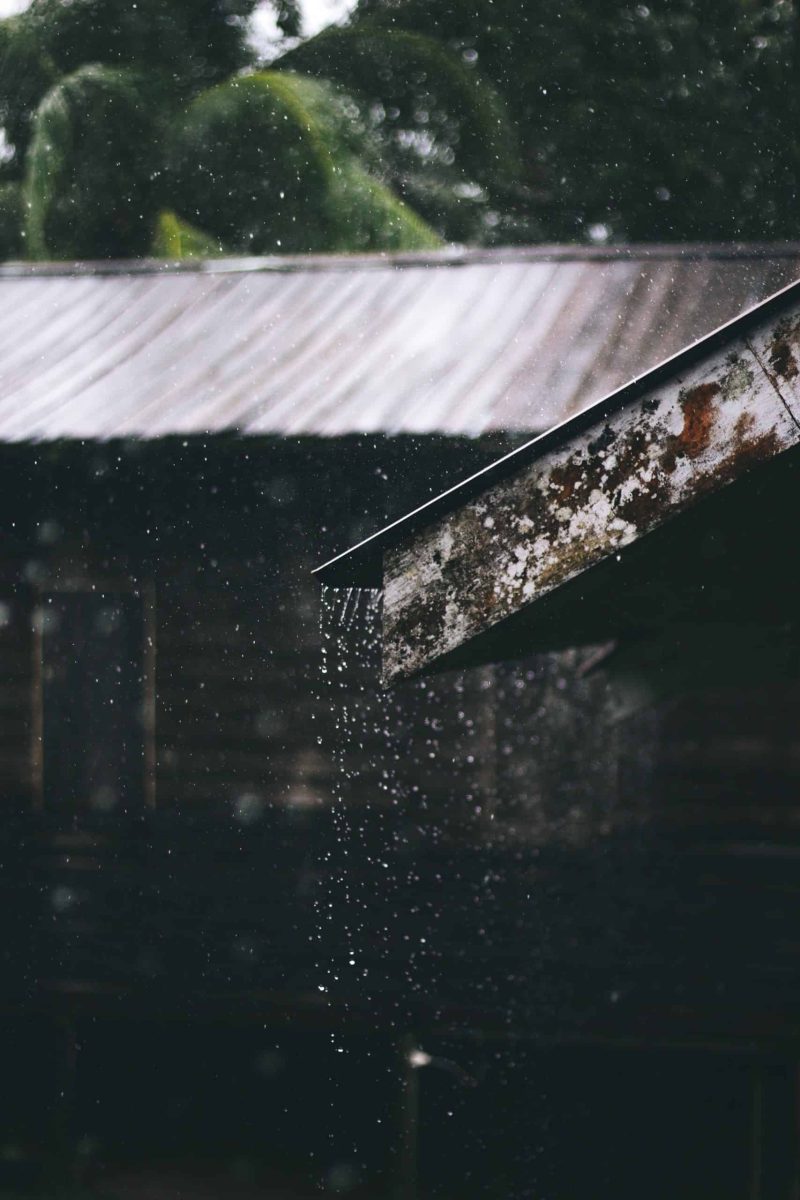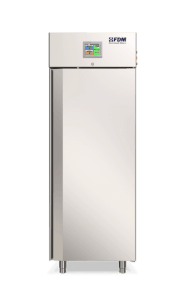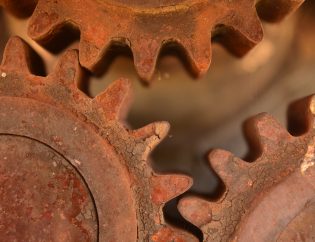
Climatic chambers can reproduce a wide variety of atmospheric conditions in order to register how different materials behave. While some tests aim to verify the longevity of a product or a material under normal circumstances, others push it towards extreme situations: this is the case of freezing and thawing cycles in a climatic chamber.
Perform
Climate Stress
Discover the new series of Climate Chambers for controlled climate testing
What are the Freezing and Thawing Cycles in the Climatic Chamber?
The freezing and thawing cycles in the climatic chamber are used to measure the congelifraction, or gelivation, of a material.
This term defines the ability of a body to break down due to the stresses received by cycles of freezing and thawing.
All solids that undergo substantial changes as a result of freezing and thawing are called "congeliturbate", those that resist are classified as anticongeliturbate.
Gelivation is also closely related to imbibition, i.e. the absorption of water by a material in the absence of chemical reactions. If the water that has penetrated into the material is transformed into solid-state following freezing, it may be able to fracture of the material itself.
Which Materials are subject to Freezing and Thawing Cycles in the Climatic Chamber?
The consequences of freezing and thawing are a danger especially for building materials and the tests mainly concern this sector.
Among the types of building materials involved we can mention brick, natural stone, clay bricks, various kinds of aggregates such as sand, gravel, vermiculite, perlite and expanded clay and of course concrete, one of the most common building materials around which we have written a dedicated article that you can read here.
The freezing and thawing tests in a climatic chamber on construction materials are regulated by the European Committee for Standardization, a supranational body that standardizes the legislation on the subject.
Due to the significant differences between material and material, it is not possible to draw up a single procedure and there are specific rules for each of them.
For example, UNI EN 1367-1: 2007 concerns the various types of aggregates that we have mentioned and is profoundly different from UNI 8942-3: 1986 which deals with tests on clay bricks.
How does a freezing and thawing cycle work in the climatic chamber?
However, it is possible to describe a freezing and thawing cycle in its general features which are common to most building materials.
Typically, the material is subjected to a series of cycles whose lowest temperature is -10° and the highest 35°. The number of cycles required and the duration of each of the two phases varies a lot.
At the end of the test, it will be necessary to check if the material has maintained its characteristics unaltered, if it is free of lesions, if any weight loss does not exceed 2%, with a compressive strength not exceeding 25%
You cannot find the ideal chamber for your test?
Create your own environment, according to any test requirement
Why use an FDM Climatic Chamber to program the Freezing and Thawing Cycles
We have seen that freezing and thawing tests prescribe a series of cycles with a very precise and unique duration for each material. For this reason, it is important to be able to program the freezing and thawing cycles, in order to automate the process in complete autonomy, based on the specific directives of the reference legislation.
The FDM Climatic Chamber, thanks to its innovative revoFACE controller, allows you to program the freezing and thawing cycles in a simple, reliable and intuitive way.
The entire process can be fully automated, ensuring the accuracy of the results and allowing operators to devote themselves to other tasks.
Would you like to receive a quote or do you have questions about the product?
Contact us to receive more information about this Product.





